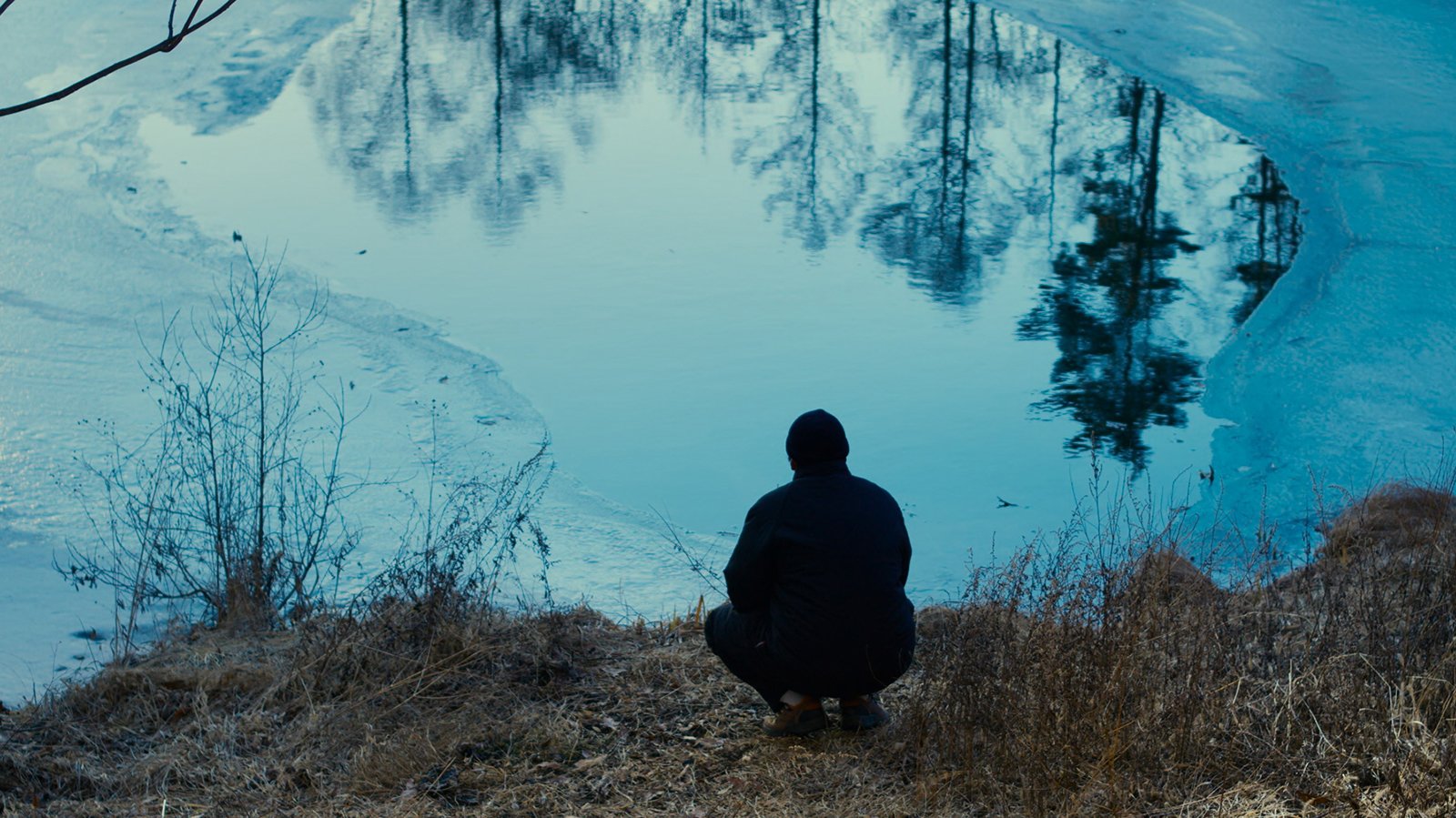Cinematic Journeys: Exploring Homeownership in Film
by Lewis Robinson The dream of homeownership has long captivated the human imagination, making it a frequent and relatable theme in cinema. Films centered on buying or owning a home often delve into the trials, tribulations, and triumphs that accompany this significant life milestone. These narratives entertain and resonate deeply with audiences, offering a mirror to their aspirations and challenges.


Image: https://unsplash.com/photos/man-in-black-shirt-sitting-on-chair-near-white-wooden-house-during-daytime-W8z6aiwfi1E
by Lewis Robinson
The dream of homeownership has long captivated the human imagination, making it a frequent and relatable theme in cinema. Films centered on buying or owning a home often delve into the trials, tribulations, and triumphs that accompany this significant life milestone. These narratives entertain and resonate deeply with audiences, offering a mirror to their aspirations and challenges. This article examines several notable films that explore the theme of homeownership, reflecting on the emotional and financial dimensions encapsulated in these cinematic portrayals.
Homeownership in Film: A Reflection of Reality and Fantasy
Films about homeownership often blend elements of comedy, drama, and romance to depict the complexities of acquiring and maintaining a home. These stories can range from the struggle to buy a first home to the chaos and humor that ensue from unexpected repairs and renovations. Here are a few films that have successfully brought these themes to life:
"The Money Pit" (1986):
This classic comedy stars Tom Hanks and Shelley Long as a couple who invest their savings into a seemingly perfect suburban house. The film humorously unfolds as they discover that the house is riddled with disastrous problems, turning their dream home into a nightmarish money pit. This film highlights the unexpected challenges of homeownership and the importance of thorough inspections before purchase.
"It's a Wonderful Life" (1946):
Though not solely about homeownership, this beloved film directed by Frank Capra delves deep into the significance of having a place to call home. George Bailey, played by James Stewart, helps numerous residents of Bedford Falls acquire their own homes through his family's building and loan association, showcasing the community and stability that homeownership can provide.
"Duplex" (2003):
This dark comedy features Ben Stiller and Drew Barrymore as a couple who purchase a New York duplex as their dream home, only to find their lives turned upside down by an upstairs tenant. The film explores the unexpected complexities of property management and the extremes new homeowners will go to protect their investments.
The Emotional Rollercoaster of Buying a Home
The process of buying a home can be one of the most stressful yet rewarding experiences in a person’s life. Cinema often captures the emotional highs and lows associated with this journey. From the initial excitement of finding the perfect property to the anxiety of securing a mortgage, films about homeownership resonate on a personal level, often injecting humor into the bureaucracy and frustration that can accompany this process.
Homeowners Insurance: A Cinematic Aside
While not typically the central theme of a movie, homeowners insurance occasionally makes an appearance in films dealing with real estate, underscoring its importance in protecting one’s investment. Homeowners insurance provides a safety net against financial loss due to damage, theft, or liability, which can be a crucial element in the narrative when characters face disasters that threaten their home and stability. This aspect, though less glamorous, is vital for real-life homeowners and can serve as a subtle reminder of the need for good coverage.
Portrayal's Impact on Public Perception
The way homeownership is portrayed in film can influence public perception of the real estate market. Optimistic films can inspire audiences to pursue their dreams of buying a home, while more comedic or tragic takes might serve as cautionary tales. The variety of portrayals provides a broad perspective that underscores the reality that homeownership can be both a wise investment and a challenging endeavor.
Conclusion
Cinema’s exploration of buying and owning a home provides entertainment and valuable insights into the personal and financial implications involved. These films often reflect the cultural attitudes towards real estate and can influence viewers' expectations and decisions regarding homeownership. Whether through the lens of comedy, drama, or romance, the stories told in these films highlight the universal desire for a place to call our own—a space that provides not just shelter, but a sense of identity and belonging. As audiences watch these narratives unfold, they can find both reflection and escape in the joys and challenges of homeownership depicted on the silver screen.
What's Your Reaction?





































.jpg)


